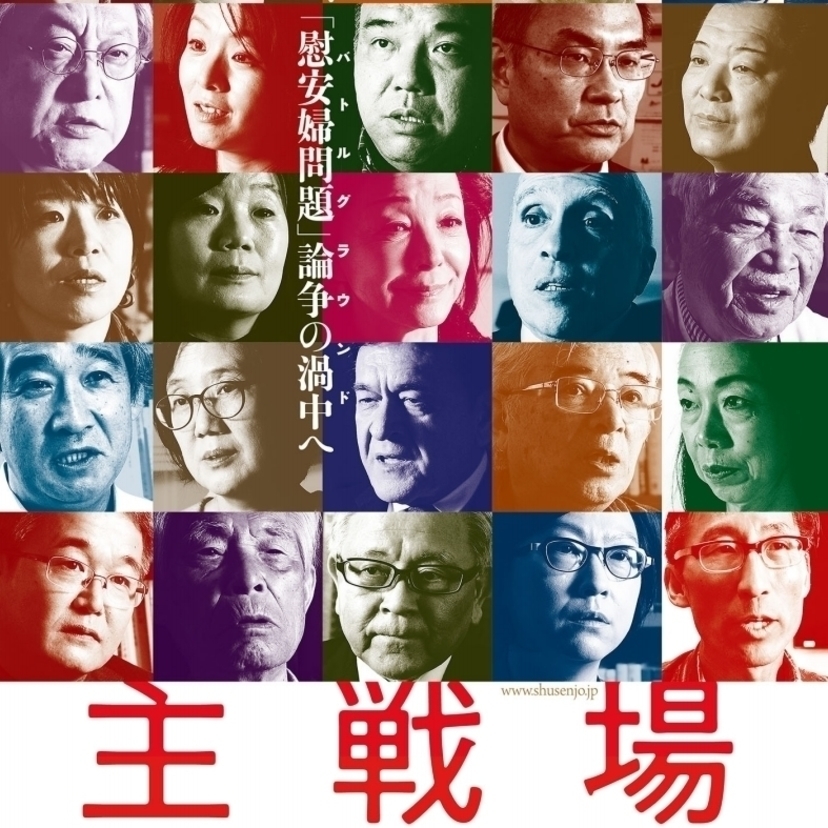Suzuko Shirota (pseudonym) was the first Japanese woman set up as a "military comfort woman" victim. She was born and raised in a wealthy family that ran bakery in downtown Tokyo, but the family became very poor after the sudden death of her mother who had managed the bakery.
Shirota was sent to a geisha house in Kagurazaka, where she was first ordered to do chores, However, after a while she was made to service to customers. She learned later that her father had borrowed lots of money from the geisha house.
Her first love was a student from the neighborhood. However, at the geisha house her virginity was lost to a womanizer from whom she contracted gonorrhea.
Shirota then went to Taiwan of her own will, and from there to Saipan, the Truk Islands and Palau. She seemed happier in the South Sea Islands than in Japan.
She was sent back to Japan when the American attacks were imminent. But, desperate to see her lover, she returned to the South Pacific, where she survived heavy air raids.
She loved a Japanese soldier. When the islands later fell to the U.S., she fell in love with an American soldier. After his return to America she attempted suicide. Then she ran off wandering with a student who had been mobilized for the war effort. Despairing, the two attempted suicide together. He died, but she didn't.
Various men she met loved and tried to save her, but failed. She was addicted to stimulants, gambling, smoking and drinking.
In the end she was saved by a complete stranger who led her to a support facility operated by a Christian group, where she was rehabilitated. But she broke her hip while working and stayed bedridden until she passed away.
I was moved to tears many times while reading her autobiography, Maria's Hymn (The Board of Publications of the United Church of Christ in Japan, 1971, first edition). She was a lovely cheerful girl in a wealthy family until her mother died and she lost everything. What an unfortunate life she lived!
Shirota herself mourned her misfortune but didn't blame others. Instead, she would say, "The cause is not people, but poverty," as she repeatedly borrowed money to help her poor brothers and sisters.
Only once in the book did she mention her feelings toward her father: "I wish he had been more kind-hearted," she said. How pitiful! I cannot help thinking that had he possessed the will to protect her, she would have lived a far better life.
A Fabricated Inscription in Unrestricted Warfare
Reading Shirota's autobiography, at least one thing was perfectly clear. Though Shirota lived most of her life as a prostitute, she was by no means a military comfort woman or a sex slave.
She was not forcibly taken away by the military. She gave service to both Japanese and American soldiers and at times fell in love with them. She made money to repay her debts and for luxuries for herself. Although some were kind to her, she had no family to protect her and wandered alone at the bottom of society.
Japanese people were poor before WWII, and even poorer after. There were many women like Shirota, and to all of them I offer my heartfelt condolences.
In 2013, Shirota's was the lone picture of a Japanese woman displayed in a library in Glendale, CA, where the first comfort woman statue in North America was erected. It was part of a panel exhibition on the comfort women issue, held by anti-Japanese activists of Korean descent.
Under her picture was the sentence, "I was their slave," along with the following text:
In 1938, at the age of 17, Suzuko Shirota's father sold her to the Japanese military to pay off his debt. Shirota had to serve Japanese soldiers as a sex slave at comfort stations in Taiwan and Saipan until the war ended.
The story was a complete fiction. Moreover, the inscription beside the comfort woman statue read as follows:
In memory of more than 200,000 Asian and Dutch women who were removed from their homes in Korea, China, Taiwan, Japan, the Philippines, Thailand, Vietnam, Malaysia, East Timor and Indonesia, to be coerced into sexual slavery by the Imperial Armed Forces of Japan between 1932 and 1945.
The inscription is another fabrication. People such as Takagi, the lawyer for the former comfort woman and Korean activists mentioned above, who assert the human rights of women but then use them as tools for their own political purposes, are despicable.
Inscriptions like the one for the comfort woman statue and other vicious fabricated stories about former comfort women will inevitably have a negative impact on people of Japanese descent living in the local communities. In addition to the insults and harassment they suffered, the image of Japan has been damaged.



